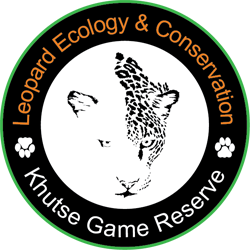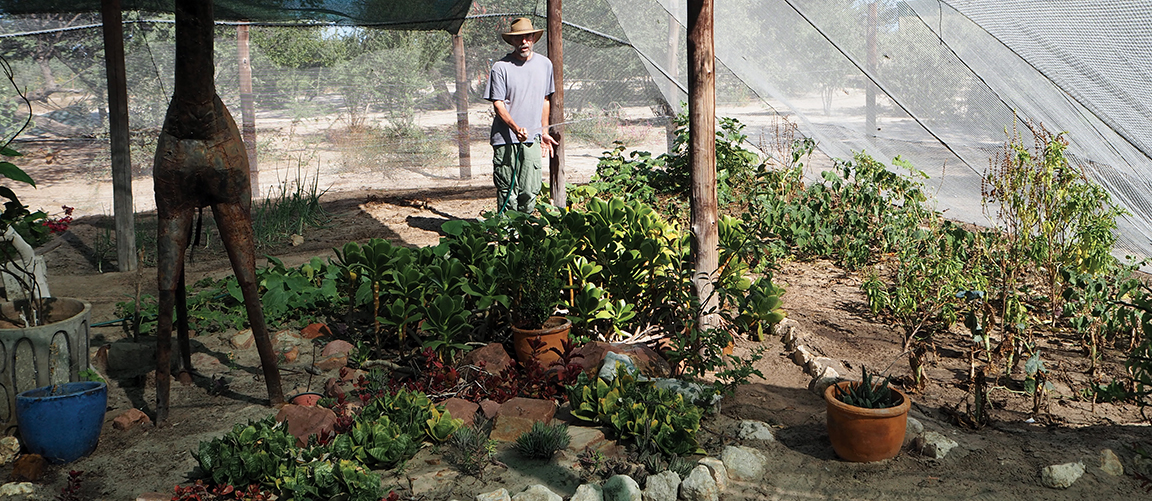Our research camp lies approximately 100 m outside the boundary of Khutse Game Reserve close to the main gate and the Department of Wildlife and National Parks staff camp. Other than the rangers, our closest neighbours live in the village of Kaudwane, 5 kilometres away. While there is a small shop in Kaudwane this has a very, very limited range of products. To stock up on food, toiletries and other supplies, as well as any research materials or spare parts we drive to Gaborone, approximately 200 kilometres to the south east of camp. This drive is half on dirt road and half on tar. Consequently the journey time varies according to the road conditions and can take anything from 3.5 to 6 hours.
The camp is home to Monika Schiess-Meier (Project Leader) as well as our Project and Research Coordinators and our Logistics Manager. In addition to those who live in the camp we employ a large team of staff from Kaudwane. These dedicated and skilled individuals ensure the smooth running of the camp infrastructure, vehicles and garden as well as being essential parts of the all various research projects. Among them are several San trackers, without whose amazing tracking skills and knowledge of the local landscape our research work would be very much more difficult and less detailed.
The camp is well equipped and, in the large part, environmentally friendly. There are no large permanent structures, with all the camp activities taking place under canvas. We have a large, well stocked kitchen tent including fridges and freezers, an office tent with all the things you normally find in an office (computers, printer and photocopier), bedroom tents with comfortable beds and electric lighting, wonderful open roofed showers and flushing toilets. In addition we have a beautiful and productive kitchen garden complete with a fish pond. Our electricity for the freezers, computers, and lighting comes from a bank of solar panels. For hot water we have solar water heaters and collect rainwater for the garden.
The perimeter of the camp is ringed by a two strand electric fence (also solar powered). This is to keep the free ranging cattle, horses and donkeys out of camp and does little to deter the local wildlife. We have regular visits from brown hyenas and jackals, a colony of ground squirrels and Damara mole rats live in camp and we see many different species of snakes and birds. Other animals, or their spoor, that we have seen in and around camp include that of wild dogs, honey badgers, cheetah, springbok, ostrich and eland.

